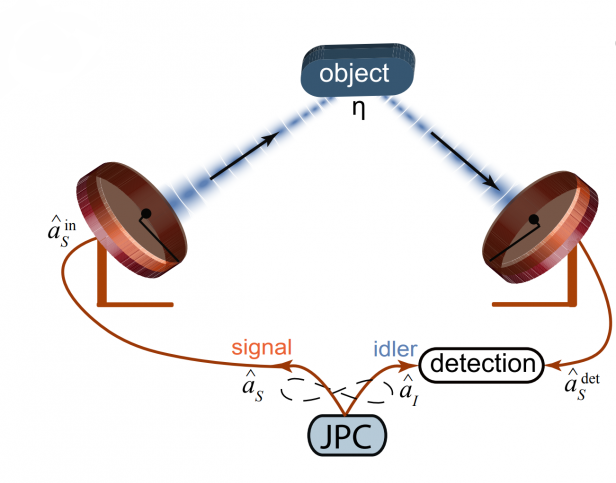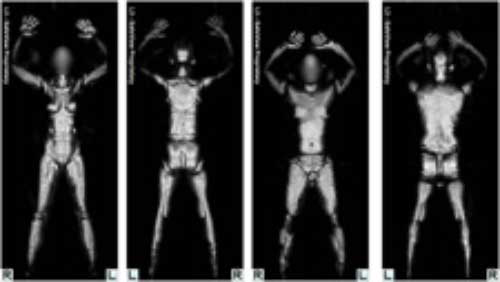• Quantum Radar Systems •
What is Quantum Radar?

|
Quantum Radar is a detection system that works similarly to normal radar, however, it uses a different type of electromagnetic wave. Rather than using vast amounts of radio waves, Quantum Radar uses minuscule amounts of entangled microwaves, and therefore, much less power. |

|
Understanding Quantum Radar

|
To understand Quantum Radar, one must first understand quantum entanglement. As simply as possible, quantum entanglement is a phenomenon in which two particles, well, entangled. When two particles, photon or massive, are entangled, they will replicate each other's movements perfectly. This is not an exaggeration. When two particles are entangled, no matter the distance between them and no matter what lies within that distance, they will replicate each other's movement without fail. |
Why Quantum Radar
|
Quantum Radar's main advantage is its miniscule amount of radiation used when compared to traditional detection systems. This allows three main uses that traditional radar does not. The first is a detection system that can run on low power, making detection more energy and cost effective. Another use on the battlefield is, with the low amount of radiation, a detection system that will be picked up as background radiation, and therefore ignored. This allows a quick and stealthy detection. Finally, Quantum Radar can be used as a non-intrusive body scan system. When compared to its powerful X-Ray counterpart, Quantum Radar poses next to no threat as a body scan system. |

|